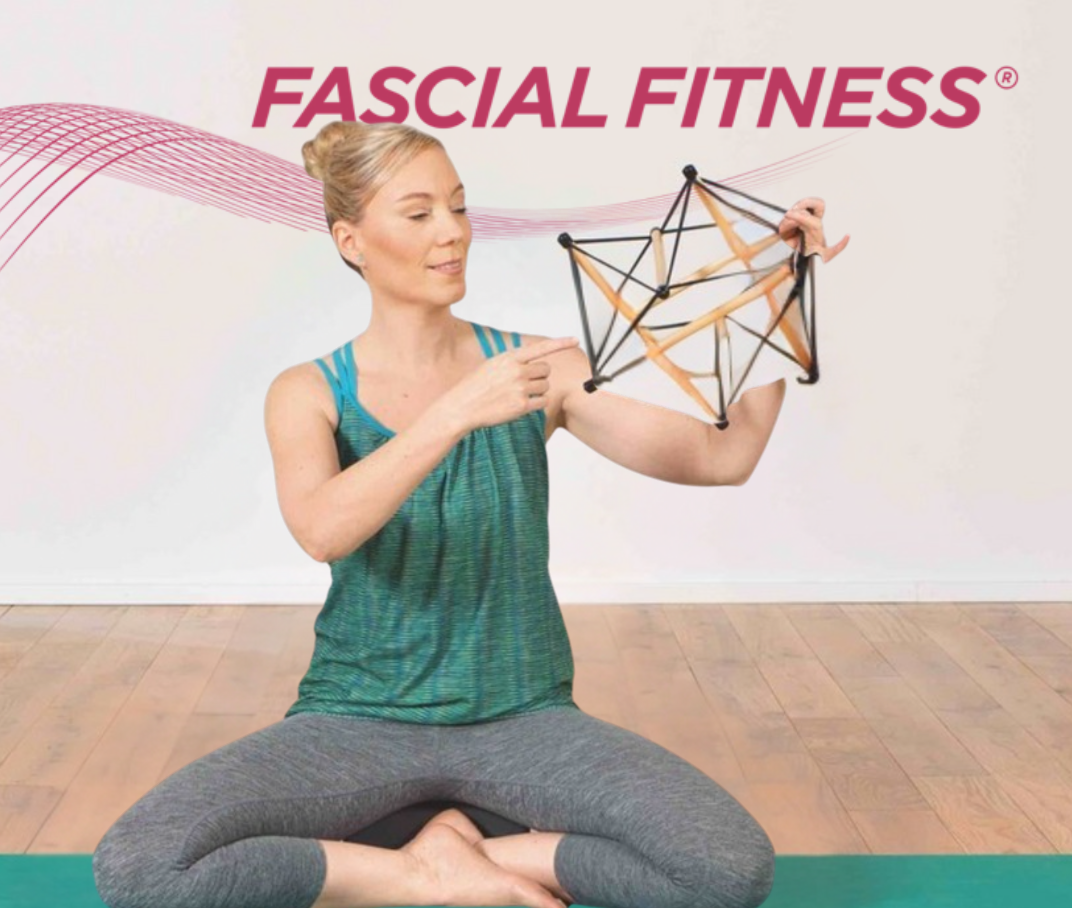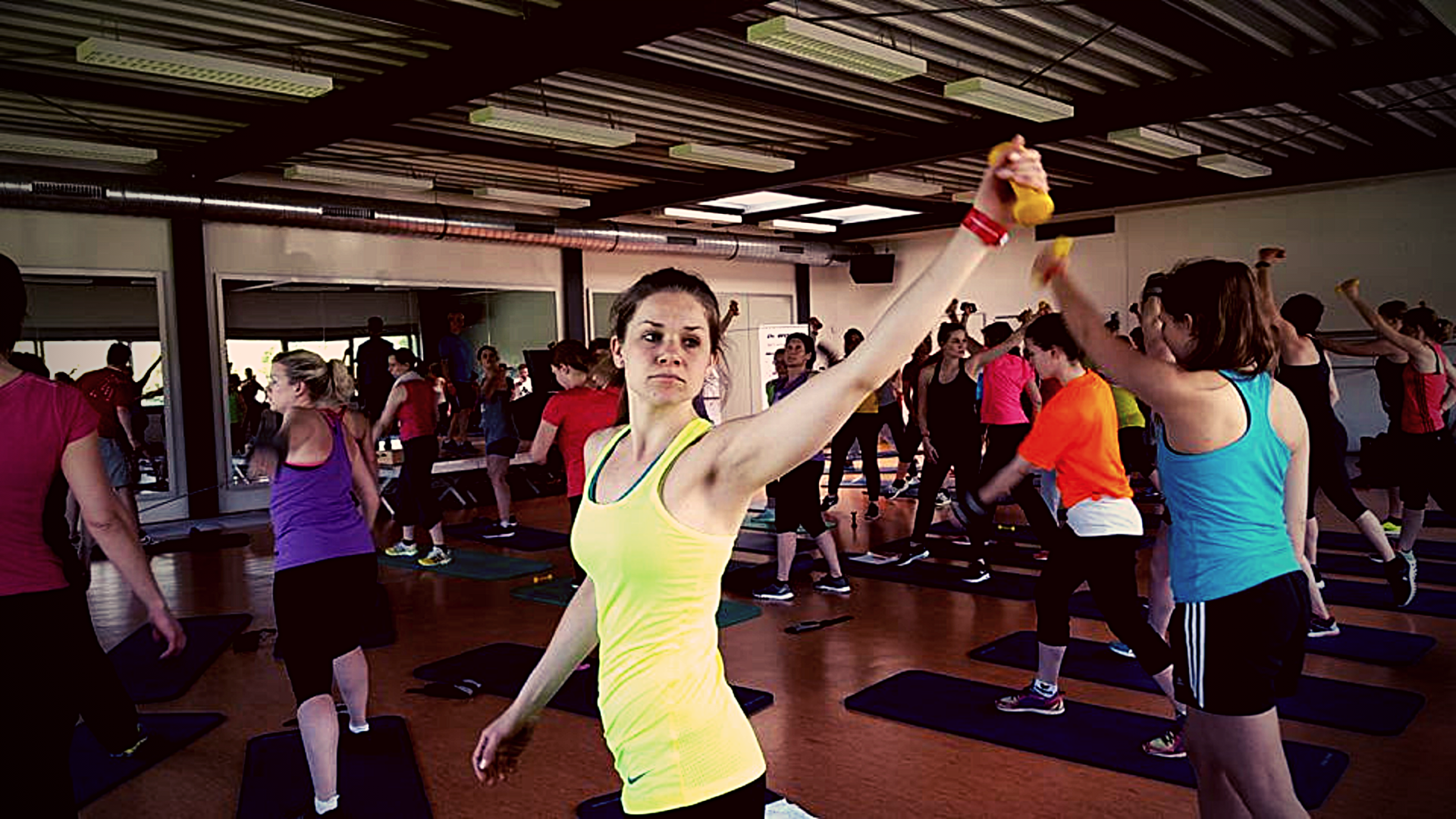This isn’t a prescriptive “do this, not that” kind of workout guide. It’s more like an operating manual for movement that keeps your tissues bouncy, hydrated, and injury-resistant.
Fascia Doesn’t Want Your Gym Routine
First things first — if you’re used to training with machines, mirrors, and neatly stacked sets of 12 reps, fascia training is going to feel… weird. And that’s kind of the point. Fascia doesn’t respond well to monotony. Dr. Robert Schleip argues that novelty, playfulness, and variability are what keep the system vibrant.
There’s no perfect rep range here. No progressive overload charts. Just movement strategies designed to stimulate the four dimensions of fascia training we covered earlier: stretch, elastic rebound, proprioceptive refinement, and hydration.
What You’ll Need (Spoiler: Not Much)
Forget gadgets. You need:
- Space to move
- Barefeet or grippy socks
- Something to roll on (like a foam roller or massage ball)
- Willingness to look a little silly while hopping like a kangaroo or gliding like a dancer
Schleip emphasizes mindful movement. You’re not rushing through reps — you’re tuning in, exploring tension lines, and adjusting based on how your body responds. This is fascia training with the volume turned way up on body awareness.
The Four-Dimensional Training Lens in Practice
Let’s break down how each “dimension” shows up in the exercises:
1. Dynamic Stretching
This isn’t your old-school hamstring pull. Fascia wants long, whole-body, spiral-based movements — things like flowing side bends, arm sweeps, diagonal reaches, and slow lunges with twists. It’s less about range and more about tension through range, ideally coordinated with deep, rhythmic breathing.
2. Elastic Recoil Drills
Think: skipping, bounding, mini hops, and rhythmic bouncing. These aren’t high-intensity plyometrics; they’re gentle but spring-loaded moves. You’re training the collagen network to store and release energy efficiently — which has implications for injury prevention and fluidity of movement.
Bonus: this kind of movement feels playful, like something a kid might do without thinking. That’s not an accident — fascia loves to play.
3. Proprioceptive Explorations
This is where things get weird in the best way. Slow balance drills, odd foot positions, single-leg spirals, crawling, or practicing transitions from one asymmetrical stance to another — all of these increase your brain’s mapping of your body. It’s like updating the internal GPS.
For example, Schleip suggests closing your eyes and slowly lifting one leg into a “tree pose” variation, then moving your arms around to challenge balance. Not glamorous — but highly effective.
4. Hydration Work (a.k.a. Rolling + Releasing)
Yes, this is where your foam roller comes in — but not to smash things. Fascia responds to gentle, slow, compress-release patterns, not aggressive smashing. Roll mindfully, pause on sticky spots, and let the tissue “melt.” This helps with interstitial fluid exchange, keeping the matrix juicy and pliable.
Pro tip: Schleip recommends doing this at the end of a session — when the tissue is warm and ready to absorb hydration like a sponge.
What a Basic Fascia Training Session Might Look Like
Here’s a rough flow you could try, adapted from Schleip’s approach:
- 5 mins of bouncing/skipping (light elastic rebound)
- 10 mins of dynamic stretches (yoga-inspired, spiral moves, flowing lunges)
- 10 mins of proprioception drills (balance on unstable surfaces, slow transitions)
- 5 mins of rolling/ball release (targeting calves, IT band, feet, thoracic spine)
- Breathing cooldown (long exhales, body scan, soft bounce)
Done. You just nourished your entire fascial system in 30–40 minutes, without barbells, burnout, or boredom.
Training for “Types” — Vikings vs. Contortionists
Schleip categorizes connective tissue types into three groups:
- Vikings – stiff, tight, collagen-dominant folks who need more elasticity and hydration work
- Contortionists – super flexible, elastin-dominant bodies that benefit from proprioception and toning
- Crossover Types – most people, needing a bit of both
The takeaway? Know your type, and bias your training toward your weaknesses — not just your strengths.
Everyday Life Counts Too
Schleip is big on incidental fascia training. That means:
- Walk barefoot when possible
- Move with more variety throughout the day
- Add in micro-stretches during long sitting periods
- Carry groceries in different ways
- Dance, wiggle, hang from bars, roll on the floor
Final Thought: You’re Already Doing Fascia Work… But Are You Doing It Well?
These “small” things matter — they’re how fascia evolved to be maintained.
Fascial training doesn’t need to replace your workouts — it just needs a seat at the table. And once you give it that, the effects ripple outward: fewer injuries, smoother movement, more grounded presence in your body.
So bounce, roll, spiral, breathe. Your fascia will thank you.

Unlock your full potential as a movement professional
Become a Certified Fascial Fitness Trainer
Join our 10-week virtual mentorship program, featuring live calls with fascia research pioneers—including Dr. Robert Schleip himself. Deepen your understanding of fascia-focused training, gain exclusive insights from leading experts, and get hands-on guidance to confidently integrate this cutting-edge approach into your practice.

